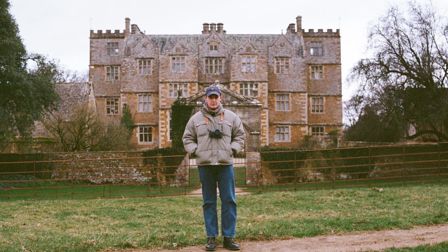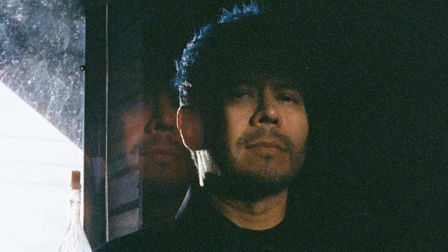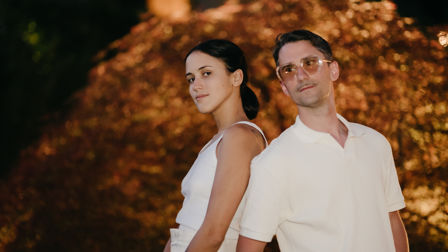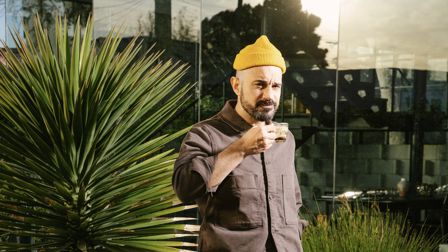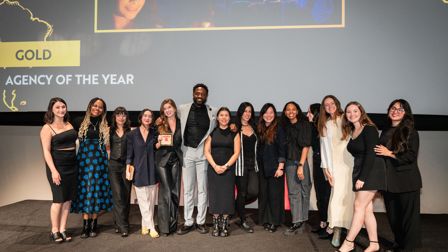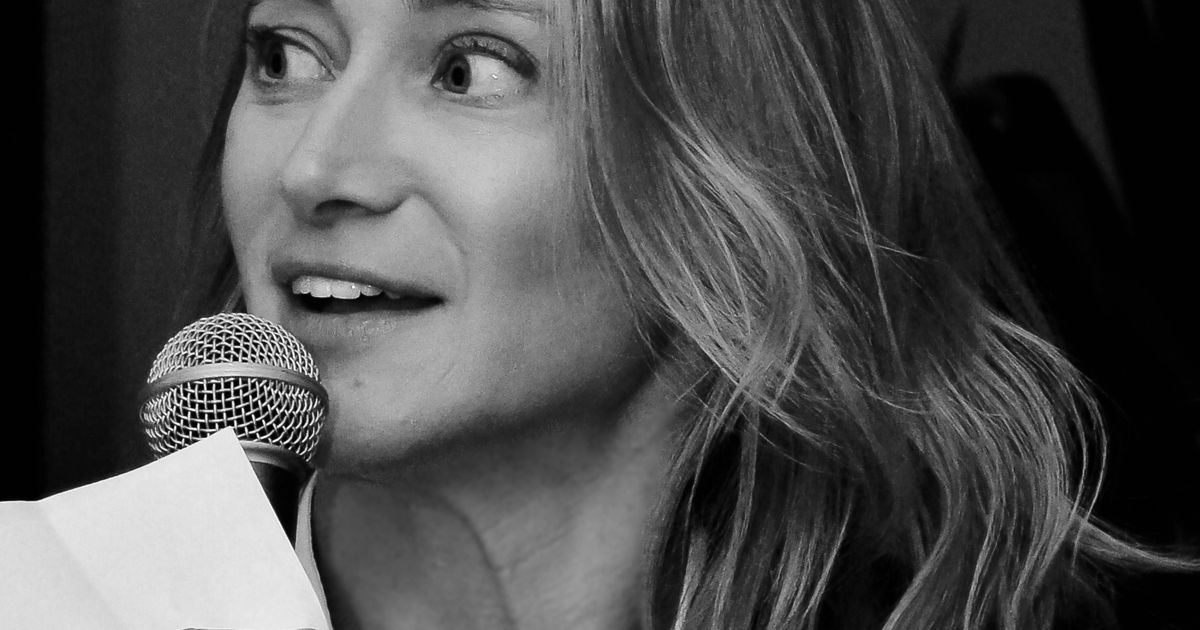)
On My Radar: Jo Wallace
Jo Wallace, creative director at Wunderman Thompson London, admires the creative thinking scientists employ, admits to inhaling documentaries, and despairs at the circular nature of the diversity conversation.
What is the most creative advertising idea you’ve seen recently?
Advertising ideas might seem irrelevant in the face of this deadly pandemic but if we ever needed creative solutions it’s now. Since coronavirus turned the world upside down scientists have been working 24/7 to come up with a vaccine and the more I learn about their approach, the more I realise that scientists apply creative thinking just as much as scientific rigour to outsmart this well-honed killer.
They’re trying to crack the ultimate brief: ‘save humanity’ and it’s estimated they’ll need 12-18 months. Given that we sometimes spend a year on a brief to sell something no one really needs, it sounds pretty reasonable that to create something everyone really needs might take a year. Whilst we may not all be scientists or health workers, we can all do our bit to save lives, simply by practising social distancing. But some people still don’t get it, which is where advertising minds have put their creative thinking to good use.
This piece from the Ohio Health Department is one of the best Covid-related ideas I’ve seen. Created by Dayton-based Real Art Design Group, using nothing but ping pong balls and mouse traps, it’s one of the clearest, most memorable visualisations of how close proximity can be lethal – and how social distancing can completely change the outcome.
What website(s) do you use most regularly?
Right now, in this new world, I’m using news websites a lot, but when I’ve read all I can about Covid-19 I try to redress the balance with something more inspiring on sites like It’s Nice That, Nowness or Behance. I also (more so pre-Covid-19) regularly update my Good Girls Eat Dinner website, where I promote upcoming events. Good Girls Eat Dinner has one simple mission: to serve up inspiring female role models across the creative industries. And to do so in a setting that doesn’t feel remotely like a conference.
Every two months (under usual circumstances) I invite four inspirational women to speak between the courses of a meal. Speakers so far include [artist and BAFTA winning filmmaker] Alison Jackson, [Editor-in-Chief of Stylist magazine) Lisa Smosarski, [Hollywood stunt woman] Amanda Foster, [stand-up comedian] Sajeela Kershi, and [Channel 4 newsreader] Cathy Newman. I like to think of Good Girls Eat Dinner as the most interesting dinner party you'll ever go to. It currently has over 7,000 Instagram followers and 1,500 Twitter followers.
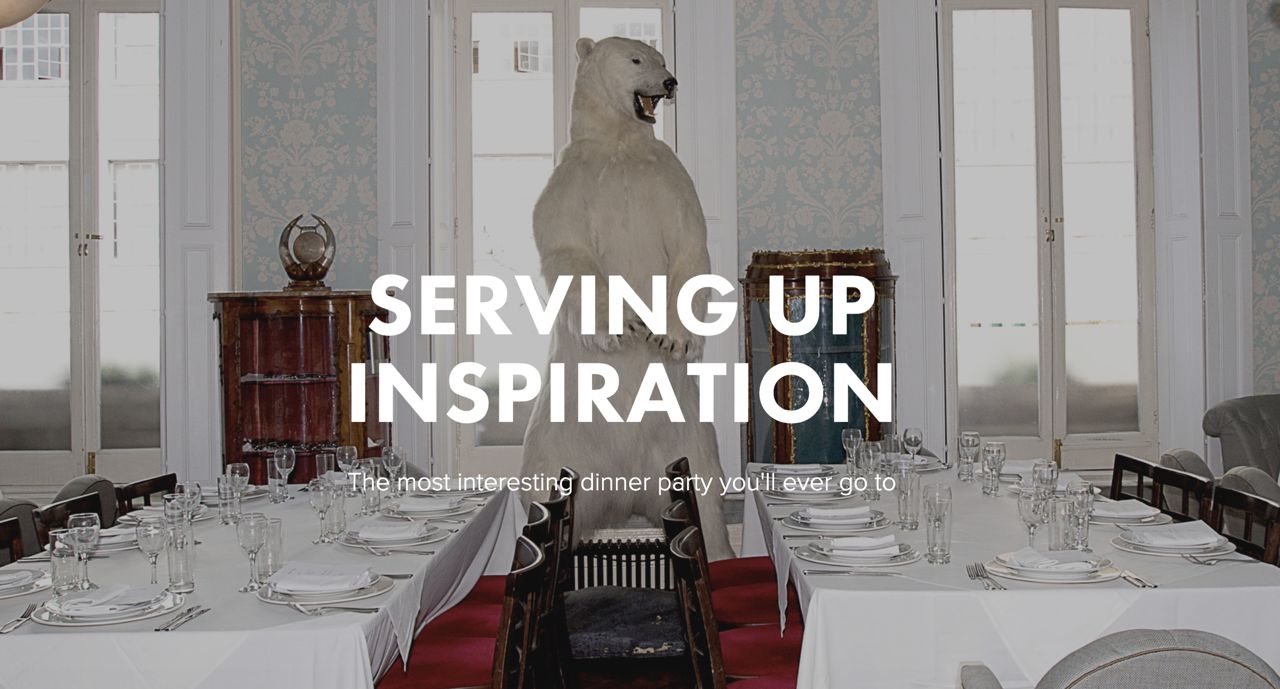
What’s the most recent piece of tech that you’ve bought?
Does a Peloton bike count? I’ve been a spin addict for five years so I figured it was a worthwhile investment. By chance, I got it just before lockdown.
What product could you not live without?
Netflix/Amazon Prime. I inhale documentaries.
What’s the best film you’ve seen over the last year?
Joker. But for Covid-19-relief I watched the original Mary Poppins last night. No shame. It’s a classic.
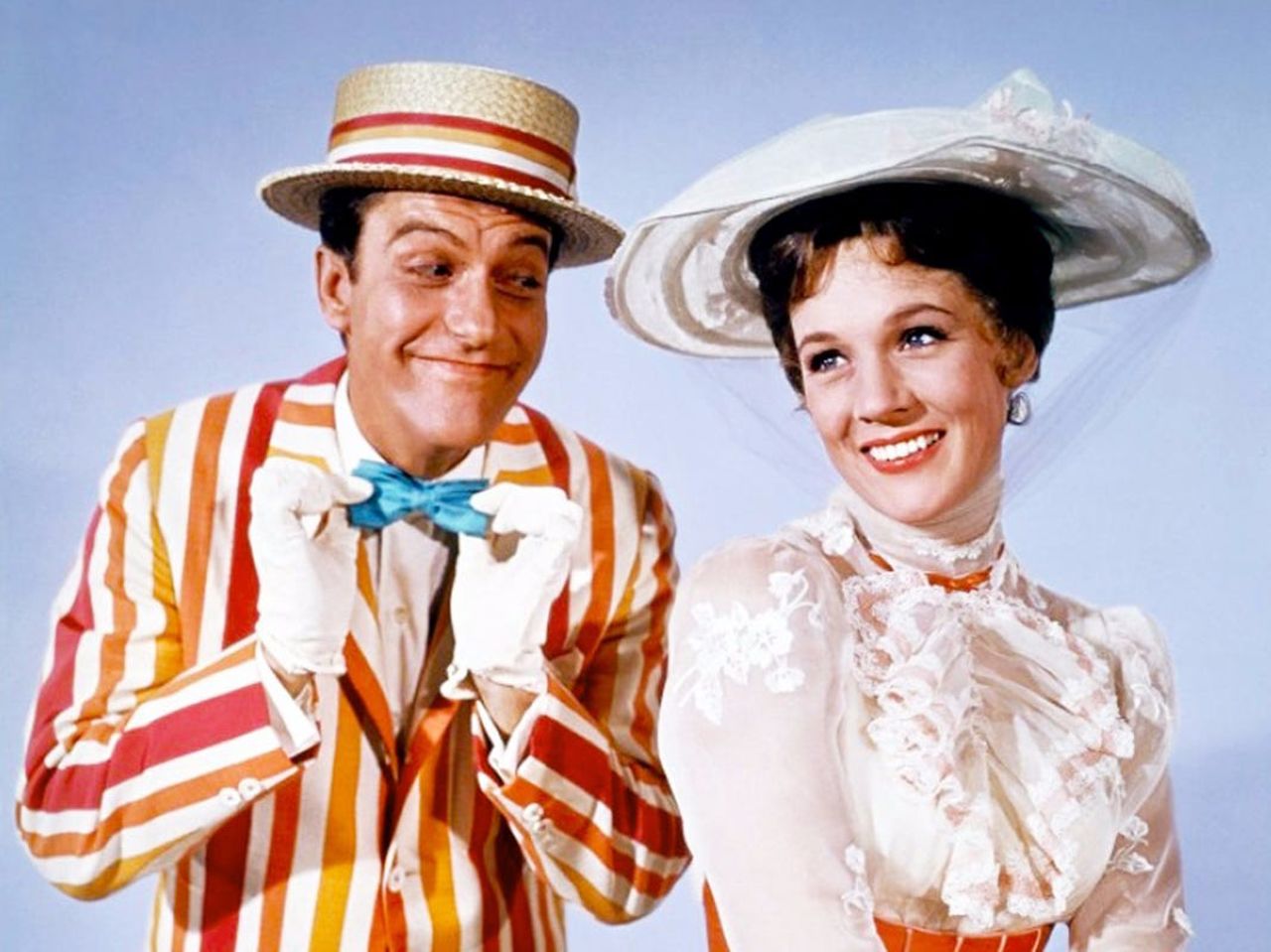
What film do you think everyone should have seen?
Carol. It’s a beautifully tragic reminder that not all love is treated equal. Then and now.
What’s your preferred social media platform?
Instagram. I’m naturally a huge fan of words so Instagram gives me a good dose of visual stuff. I particularly love the account Saint Hoax. Once I almost choked I laughed so much. Whoever runs it is a genius.
What’s your favourite TV show?
This is Us. The writing is amazing. Brilliantly observed, with genuinely authentic dialogue. This is Us is classed as a comedy drama and, sure, it’s got funny moments but what’s so skilful is the rollercoaster of emotions it takes you on. I cry every single time I watch it. It’s nothing like my family or upbringing but it evokes such a strong feeling of familiarity and nostalgia that it makes you feel like you’re living it. I also blame the tear-jerking soundtrack.
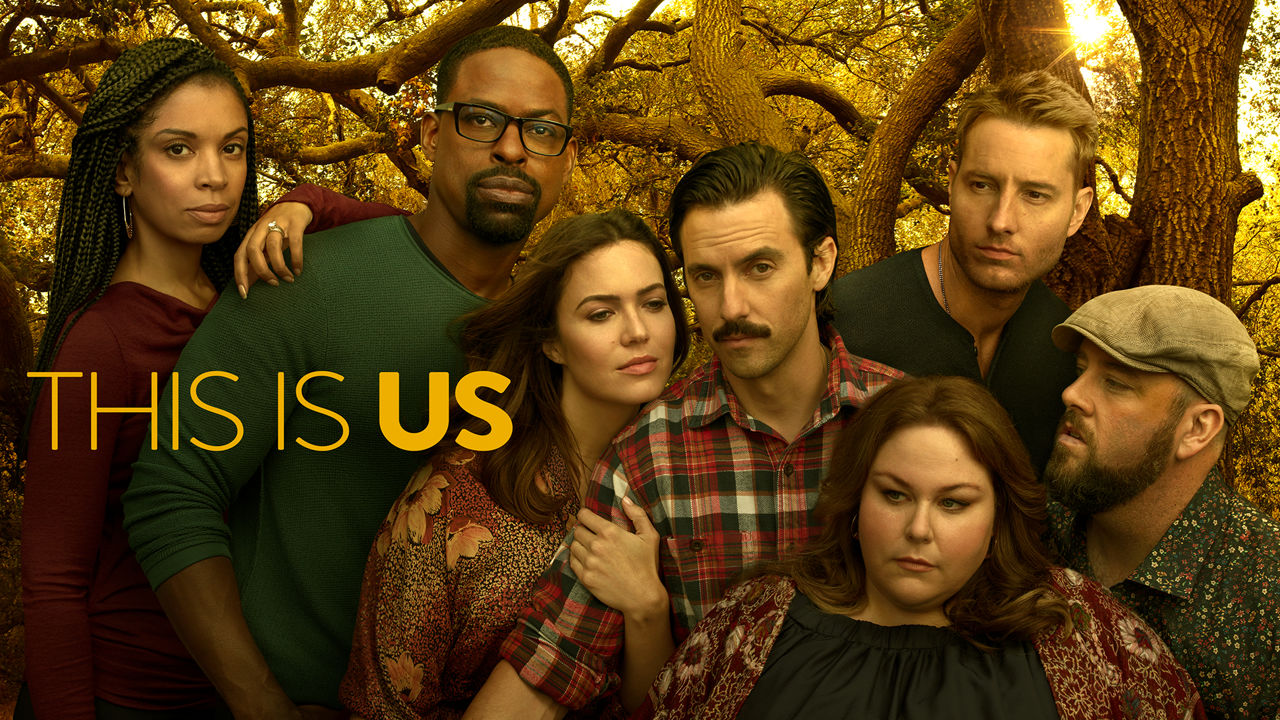
What’s your favourite podcast?
How I Built This. Entrepreneurs, innovators and idealists talk about how they built the companies and movements that changed or shaped the world.
What show/exhibition has most inspired you recently?
A few weeks before we found ourselves unable to go out, I went to the Tate Modern. One of the rooms had walls covered in stunning bookshelves. It was an installation piece called The British Library by the artist Yinka Shonibare CBE. He originally created it in 2014 with the aim to highlight the impact of immigration on British culture. Look closely and you can see names printed in gold on the spines of 2,700 of the books. These are the names of first- or second-generation immigrants to Britain who have all made significant contributions to British culture and history.
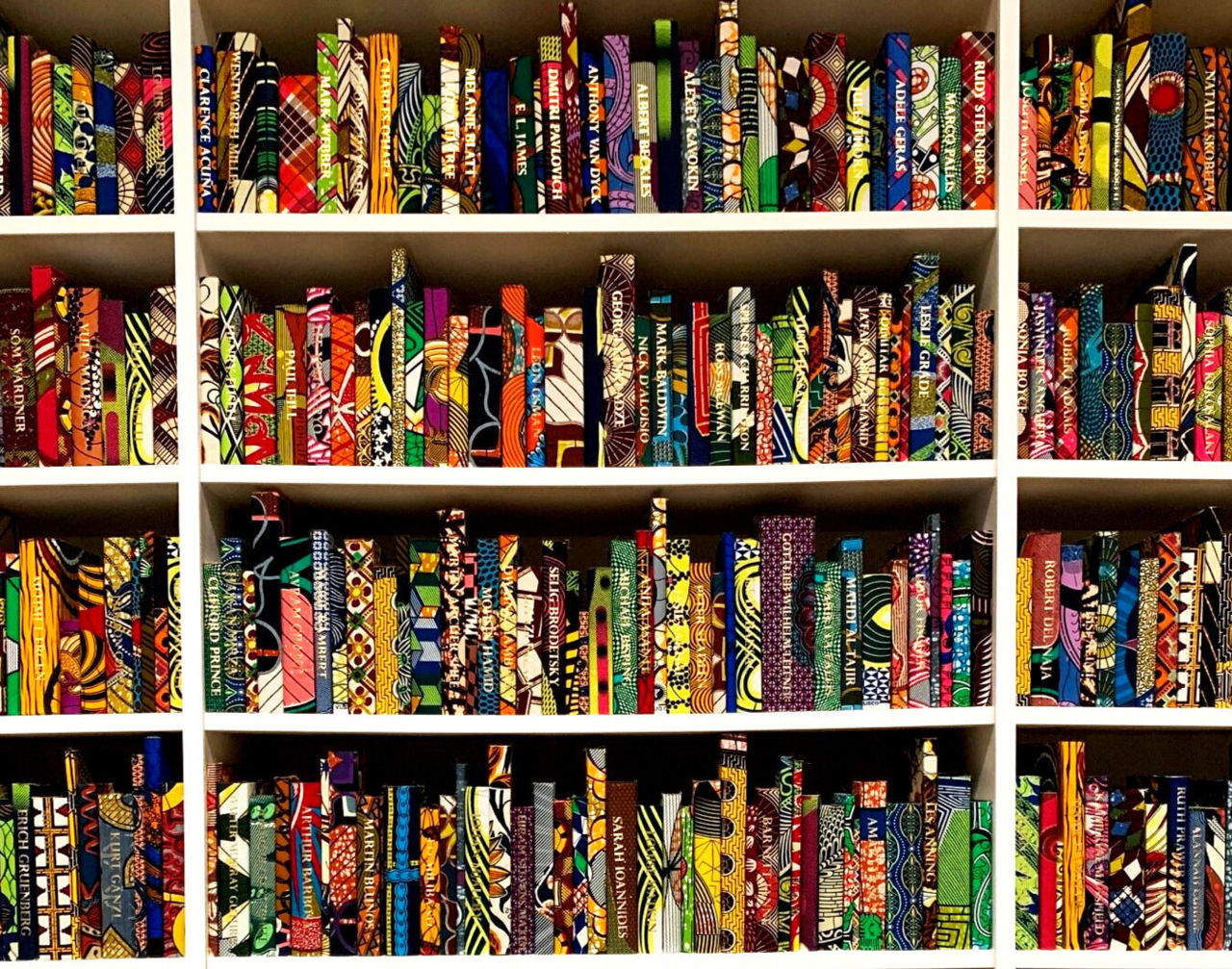
What’s the most significant change you’ve witnessed in the industry since you started working in it?
When I joined the advertising industry over 20 years ago there was a lot of talk about the need for more female creative leaders. Twenty years later, we’re talking about the same thing. Only now the industry has woken up to the fact that we don’t just need more women at the top, we need a diversity of perspectives which includes ethnicity and background, as well as gender. Sadly, whilst the scope of what needs to change has changed, it’s still mostly talk and very little action.
If there was one thing you could change about the advertising industry, what would it be?
See above. Advertising at its best not only reflects culture, it creates culture. Today, all too often, it does neither. A big reason for that is that agencies simply don’t reflect society, they don’t draw upon rich, diverse perspectives to create work that might actually speak to the rich, diverse audience we’re trying to engage. It’s all too often created by one type of person, all with very aligned mindsets and references. Then work is judged by exactly the same type of people again at award shows.
It’s no wonder the work often doesn’t speak to actual intended audience in the actual real outside world. Less than 20% of advertising features minority groups, including LGBTQ. More than 80% of women don’t feel like advertising speaks to them, yet women make more than 80% of purchasing decisions. It’s kinda inexcusable that advertising at its worst is all too familiar: a group of people literally talking to themselves.

Who or what has most influenced your career?
Axel Chaldecott and Steve Henry gave me my first job at HHCL & Partners in 1999, so my first job in advertising was amongst a group of incredibly diverse creative people who wanted to create change in a stagnant industry. I then worked with Trevor Robinson OBE [above, who left HHCL to found Quiet Storm] for six years and, again, being different was seen as a positive and a strength.
As a woman, I’m used to being part of only 13% of creative directors. As a gay woman, I’m used to being pretty much a sole representative. I think this means I see the lack of diversity very keenly which has no doubt driven me to try to effect change, in as positive a way as I can, for as many people as I can. It’s why I founded Good Girls Eat Dinner, it’s why I co-curated two exhibitions: There’s a Good Girl and There’s a Good Immigrant. It’s why I mentor young creatives whenever I can and it’s why I try to create work that speaks to everyone.
Tell us one thing about yourself that most people won’t know.
I’m a trained life coach.
)
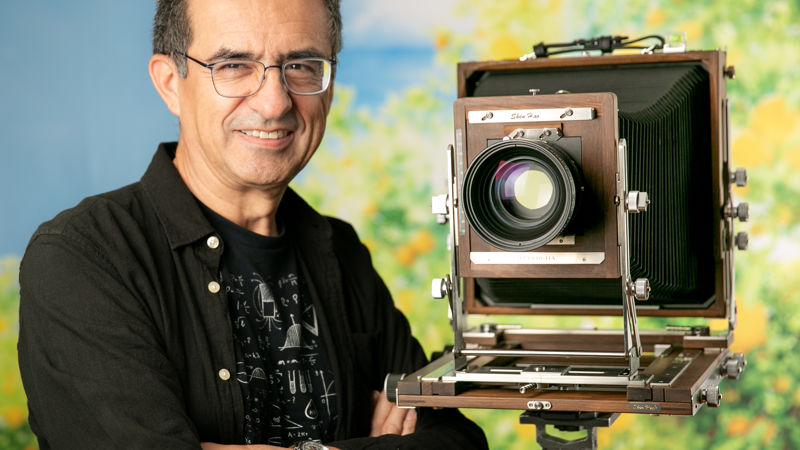
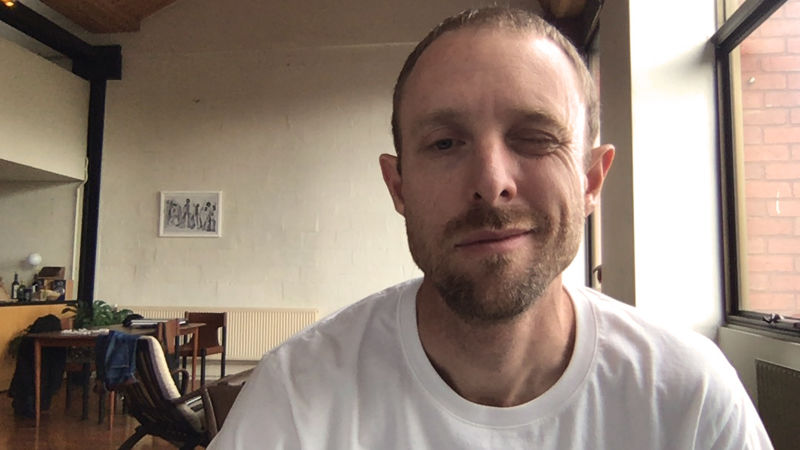


 + membership
+ membership

